 > Missionary Introduction
> Missionary Introduction

He was born in Galesburg, Illinois, USA, and while attending Lapiet University, he attended the revival rally of Reverend Moody and was deeply moved to become a missionary.
After graduating from university, he entered the Pennsylvania School of Medicine to become a medical missionary, and after becoming a doctor, he met Edith Parker, who would be willing to do overseas missions, and married her, and the two were appointed as Korean missionaries. In a letter from Missionary Adams, who was in Daegu first before leaving for Korea, he said, "If people know you are a doctor, many people will come." On Christmas Sunday, December 25, 1897, the Johnson couple arrived in Daegu to announce the birth of the first medical mission, just as they announced the birth of Christ in Daegu, the barren land of modern medicine and hospitals.
He served as the first hospital director of Johnson's Dongsan Christian Hospital for 13 years. Upon arriving in Daegu, he first focused on language training for two years, and in July 1899, he helped people as much as he could with the sign "American Pharmacy." In December 1899, a clinic was opened under the sign "Jejungwon" in a temporary building that renovated the house and barn where the old servant lived in the site of the Daegu Missionary Branch and began full-fledged treatment.
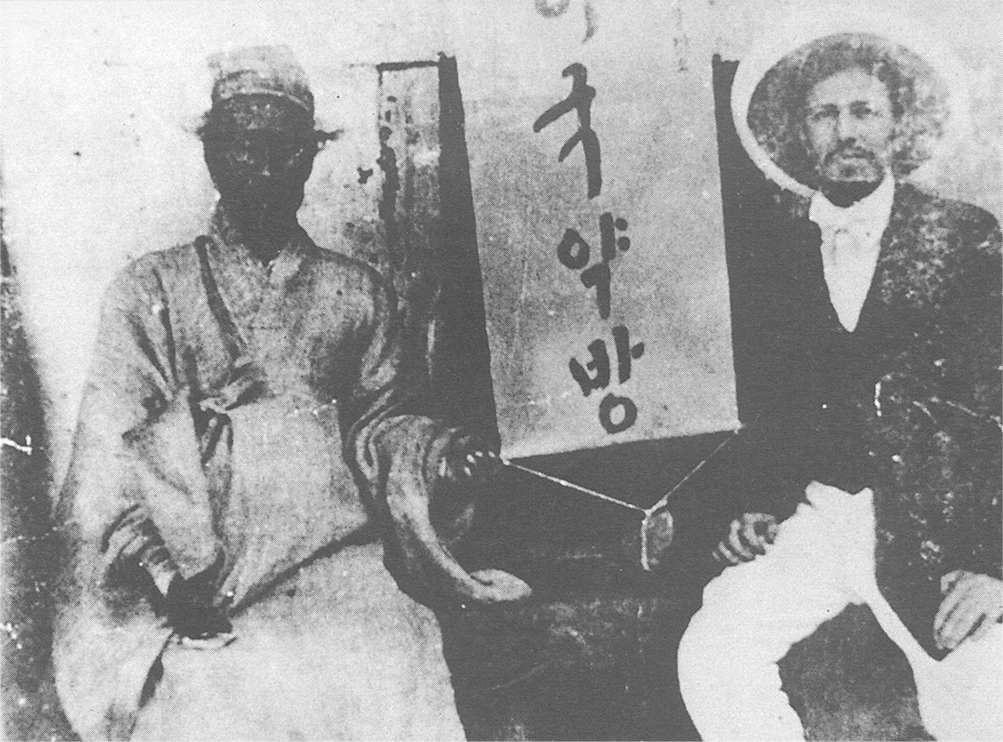
Johnson's American Pharmacy
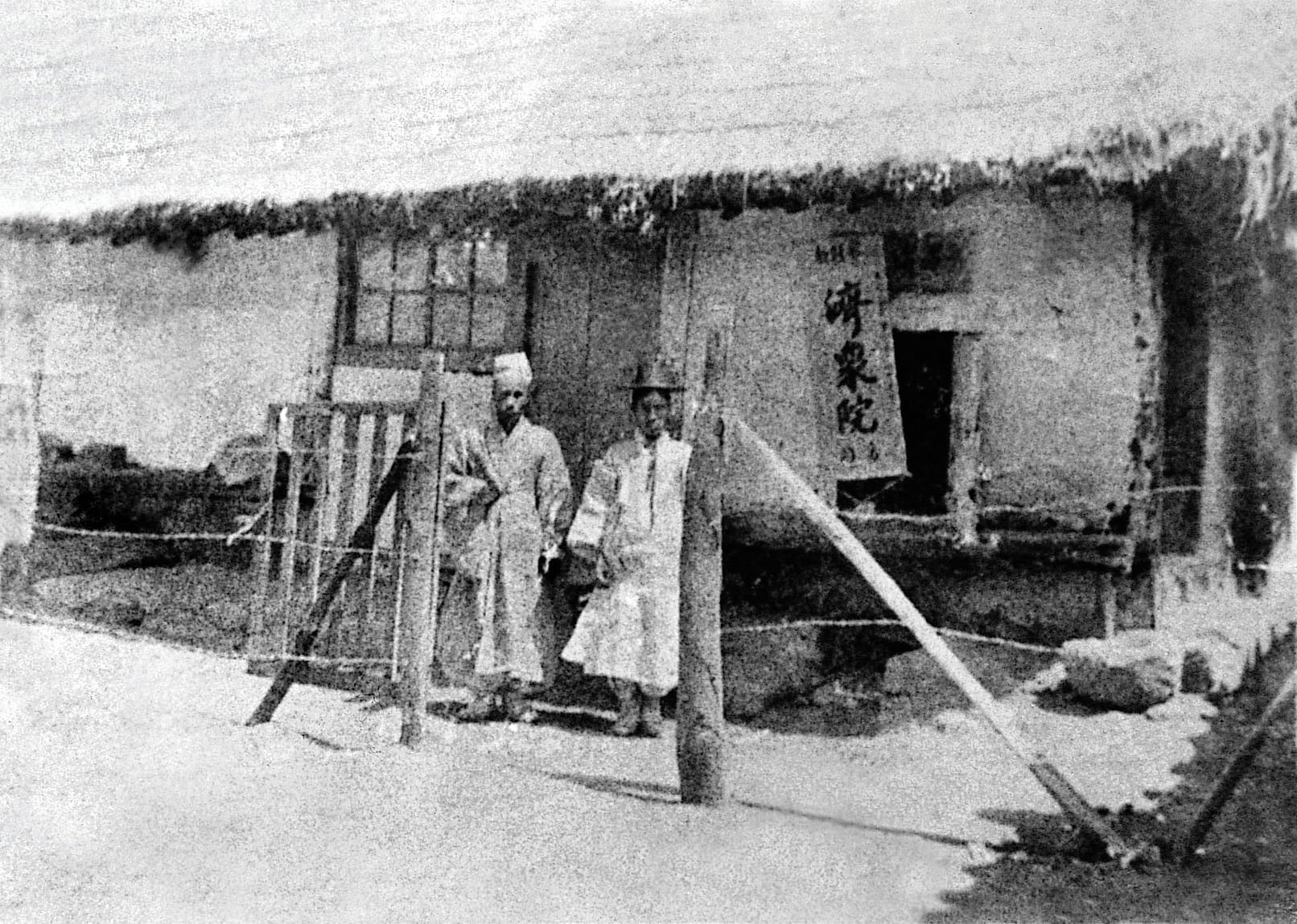
Jejungwon of Daegu, the whole body of Dongsan Christian Hospital
Less than a year after opening the company, Johnson treated 1,756 patients and had 50 surgeries. At this time, Philadelphia's Second Presbyterian Church and Wright donated a large amount of money to establish the Wright Memorial Hospital. However, the hospital collapsed due to a typhoon due to poor buildings, and in 1906, the hospital was rebuilt and named 'Mary White Hospital'.
In 1909, many Korean mothers suffered because their uteri were dislocated after childbirth or their newborn babies had already died before they were born. Meanwhile, Johnson saved the lives of the mother and fetus through a cesarean section for the first time in Daegu. This further enhanced his reputation and he selected seven young people for two years in 1908 and 1909 to teach Western medicine for the first time.

Johnson performing surgery, June 27, 1909.

Johnson and medical students at Jejungwon School in Daegu, 1908
A report recorded by Johnson in Daegu on December 3, 1906 shows that he evangelized several places in Gimcheon and Gumi with missionary Bruen. There are records of evangelism in the area called Oseong and Pyeongchon area, and some people suffered from Hansen's disease and two of them believed in Jesus.
As the saying goes, "Gyeongsang-do Leper(which is used to insult other people)," there were particularly many Hansen's disease patients in the Gyeongsang-do. They were also infected with syphilis, and many leprosy patients visited the center as rumors spread that they were treating their syphilis as well. Johnson set up a thatched house near the hospital to accommodate and treat 10 leprosy patients. This is the beginning of the Hansen's disease clinic.
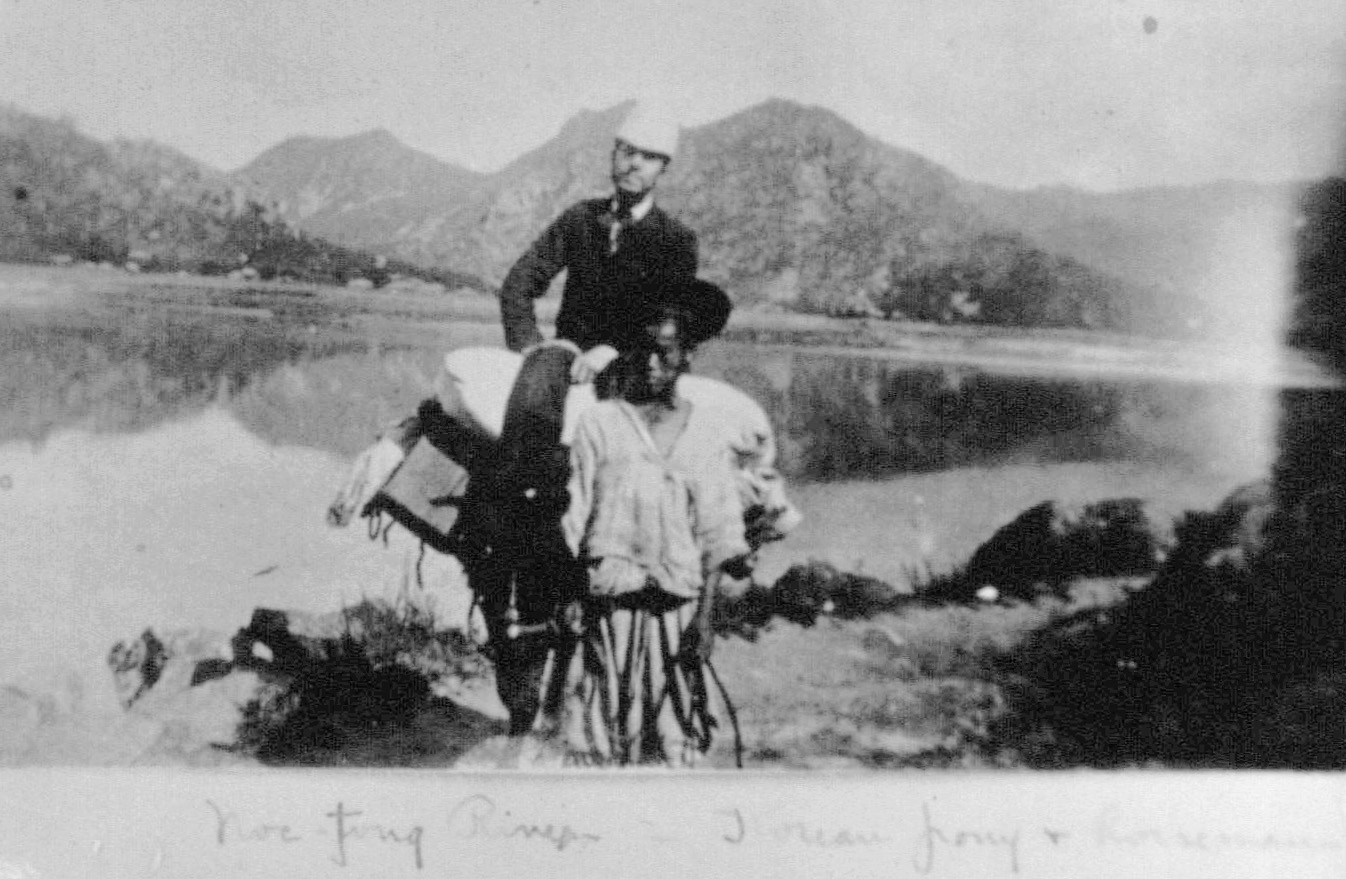
Johnson on a horseman and evangelism journey
Johnson brought in about 40 different fruit trees directly from a nursery in Missouri and planted them. Among them was an apple tree. The late pastor Lee Sang-geun, who was in charge of Daegu Jeil Church, said, "Daegu is famous for harvesting many apples, but not many people know that they were introduced by missionaries." At that time, Johnson and other missionaries did not just preach the gospel, but helped the people of the mission to live a better economic life in various ways.
He suffered from the heavy work of patient treatment and all the hospital's supervision and financial responsibilities, and eventually, due to overwork, he said goodbye to Daegu and returned home with his wife Edith Parker on November 15, 1912. And on July 19, 1951, Johnson was called by God at Glendale Nursing Home at the age of 82. The tombstone is inscribed like this.
"We dedicate this to Johnson, the first hospital director, who opened a chapter in the history of Dongsan Medical Center in honor of his love for Koreans and the noble spirit of medical missionary work.“


The first Western apple tree in Daegu at Keimyung University Dongsan Medical Center
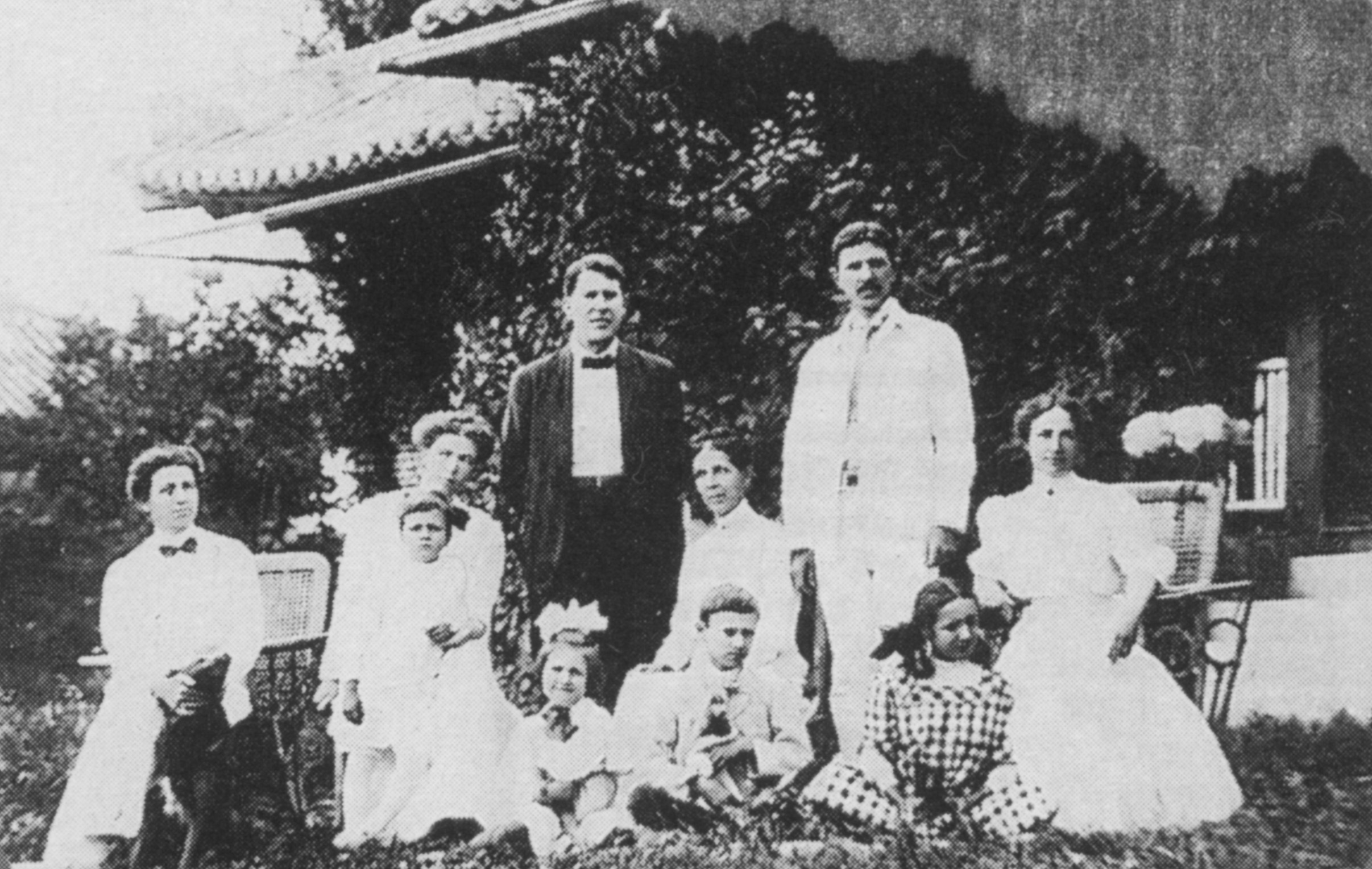
Johnson's family in front of the company house in the hospital
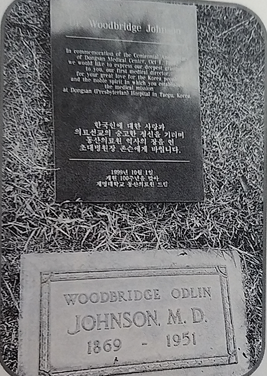
Johnson Memorial and Tombstone, California